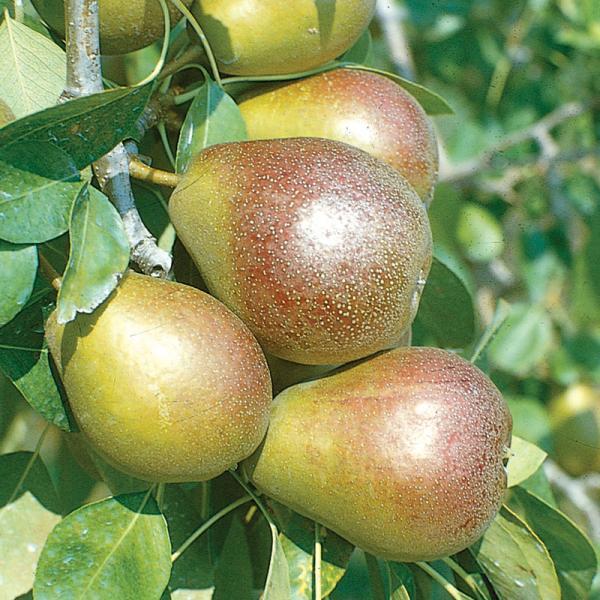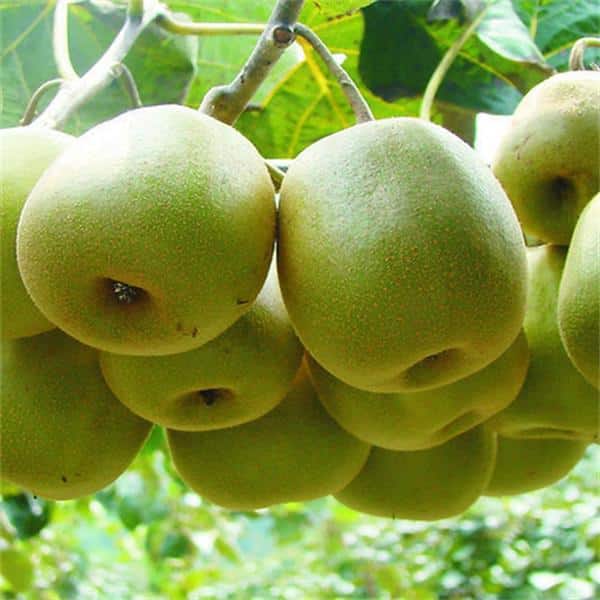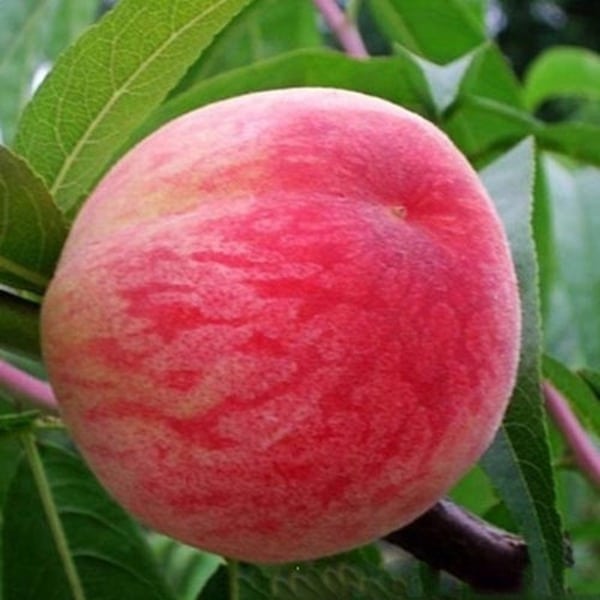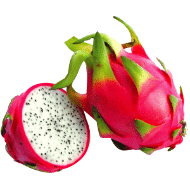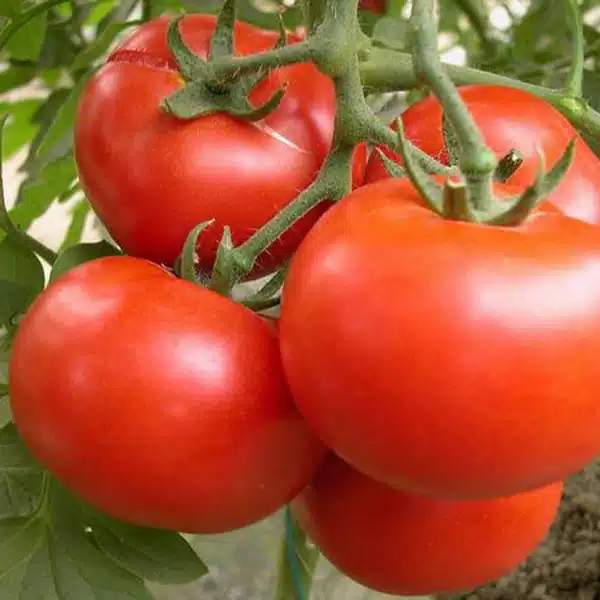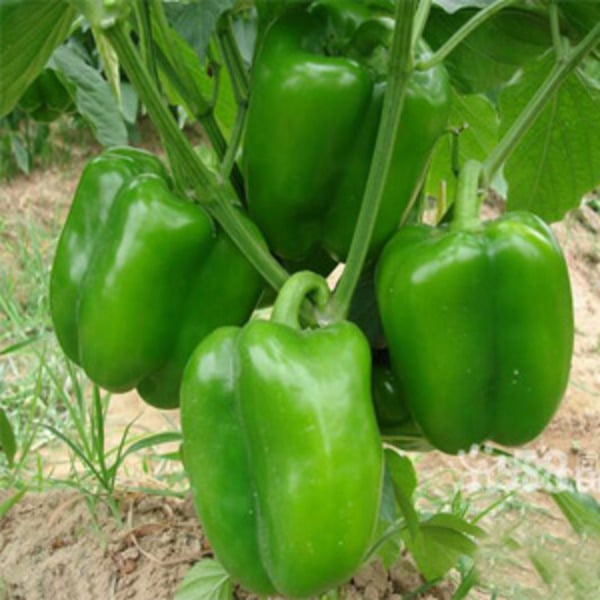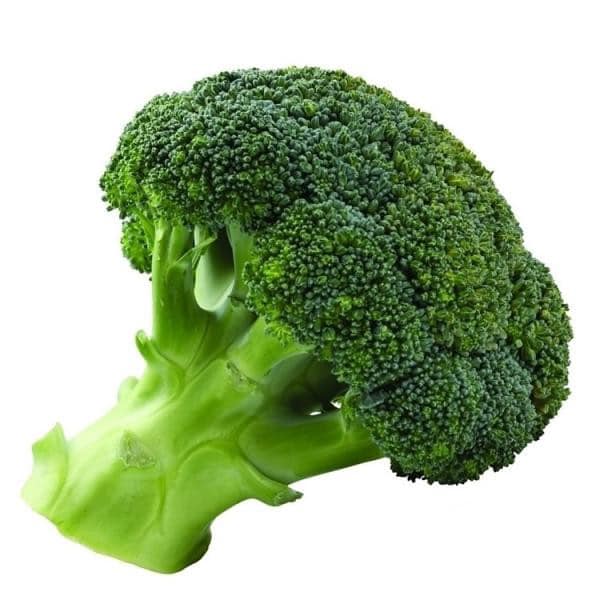Say goodbye to wasted food and hello to extended freshness with our innovative fresh-keeping technology!
-
Mon - Sat : 09:00 - 22:00(GMT+8)
-
sales@chesenbio.com

1-MCP for dragon fruit
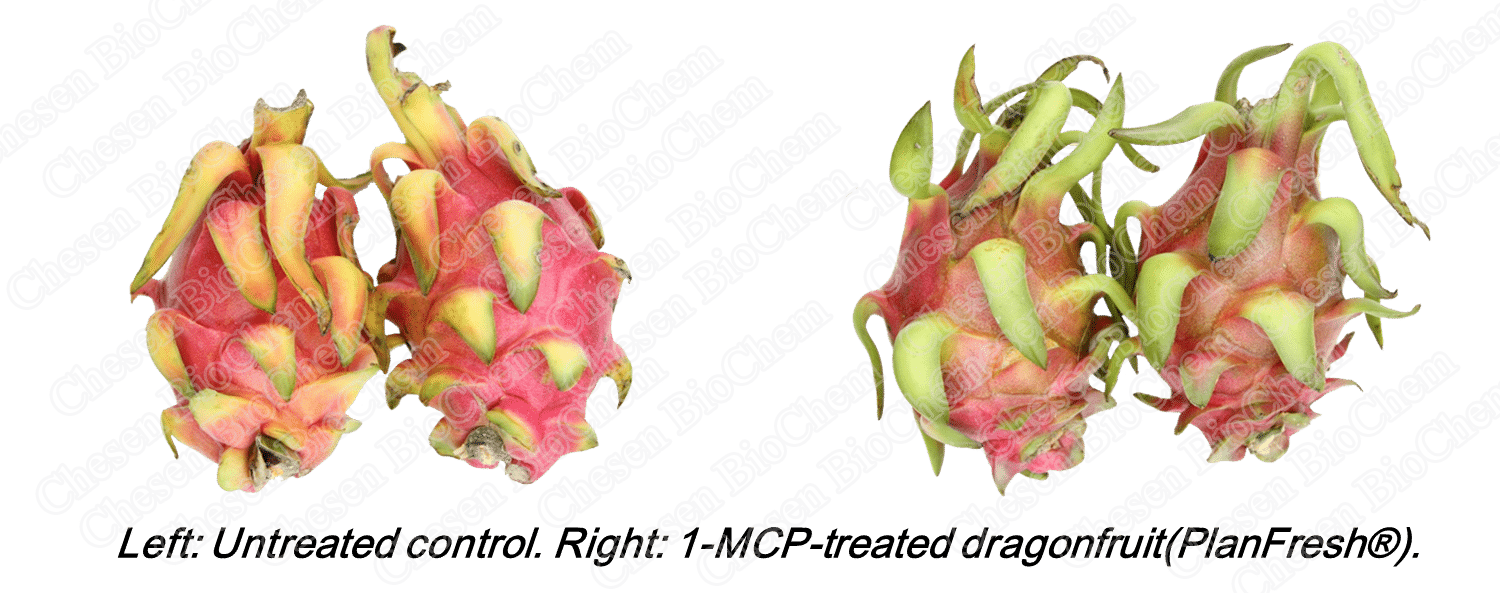
Application of 1-MCP in the preservation of dragon fruit
Dragon fruit, also known as pitaya, 7 to 10 days after the peel starts to turn red, the dragon fruit is harvested when the top of the fruit is shrunk or slightly cracked. At the time of harvesting, it is required to pick before 9:00 am to maintain a lower body temperature in the dragon fruit and prolong the storage period. At the same time, the picking should be cut from the fruit stem and accompanied by part of the stem meat. Fruits with fruit stems are more resistant to storage. It is essential to avoid collision and extrusion, so as not to cause mechanical damage. At the same time, the 1-MCP application significantly decreased the loss of firmness, total soluble solids, loss of fresh mass and respiratory rate of dragon fruit.
1. Effects of different harvesting periods on the quality of dragon fruit
Through the study of fruit quality in the immature period (21 days after flowering), harvestable maturity period (28 days after flowering), edible maturity period (30 days after flowering), and the Physiological maturity period (33 days after flowering), it was found that: The harvesting period of dragon fruit is one of the important factors affecting fruit quality. The higher the harvest maturity, the greater the soluble solids and soluble sugar content of dragon fruit harvest. There is no edible value when harvesting at the immature period and the harvestable maturity period stage, when placed indoors to reach maturity, the taste is lighter and the overall quality is poor.
It is suitable for fresh food after the harvesting of the two maturity of the edible maturity period and the physiological maturity period. The dragon fruit harvested during the edible maturity period is suitable for long-distance transportation, and the dragon fruit harvested during the physiological maturity period is suitable for sale in the place of origin.
2. The quality index of dragon fruit
| Grade | First class | Second class | ||
| Color | The peel has the typical color of this variety | The peel has the typical color of this variety | ||
| Maturity | Fruit shape is full, with the unique color of this variety when mature | Fruit shape is full, with the unique color of this variety when mature | ||
| Exterior | Fruit shape is Symmetrically full, no cracks, regular scales, no deformities, no mechanical injuries | Fruit shape is Symmetrically full, no cracks, regular scales, no deformities, no mechanical injuries | ||
| Single fruit weight (g) | Red skin red flesh | Red crystal | ≥350 | 250~350 |
| Common red flesh fruit | ≥350 | 250~350 | ||
| Red skin white flesh | White crystal | ≥200 | 150~200 | |
| Common white flesh fruit | ≥350 | 250~350 | ||
| Soluble solids (%) | Red skin red flesh | Red crystal | ≥13 | ≥13 |
| Common red flesh fruit | ≥11 | ≥11 | ||
| Red skin white flesh | White crystal | ≥13 | ≥13 | |
| Common white flesh fruit | ≥12 | ≥12 | ||
| Edible rate (%) | ≥75 | ≥65 | ||
| Total acid (calculated as citric acid) (g/kg) | ≤6.0 | ≤6.0 | ||
3. The storage characteristics
Dragon fruit is a non-breathing peak fruit that is highly susceptible to water loss and decay under natural conditions after harvest and is not resistant to storage. The harvested fruits showed yellowing and wilting in the scales stored at room temperature for 3 days. The fruit weight loss rate reached 5.14% , the peel showed obvious shrinkage and the scales were wilting after storage for 7 days. The fruit weight loss rate reached 7.44%, the base of the scale and the navel began to rot, and the decay rate reached 11.11% after 12 days of storage.
During the storage of dragon fruit at normal temperature, a series of changes in physical and chemical properties occurred: Soluble solids, titratable acid, vitamin C, crude fiber, crude protein content decreased, water content and pH increased. Under normal circumstances, the fruits harvested in August can be stored for 7 days at room temperature, and the fruits harvested in November can be stored for 11 days.
4. Storage&1-MCP treatment on dragon fruit
4.1 Storage
The postharvest storage method of dragon fruit has a great influence on the storage period, quality and shelf life of dragon fruit.
So far, the main storage method of dragon fruit is still cold storage. Low temperature storage can effectively reduce the respiration, inhibit the activity of related enzymes and control the growth and reproduction of microorganisms of dragon fruit. Refrigeration or transportation under conditions of (10 ± 0.5) °C significantly delayed the quality deterioration of the dragon fruit during storage.
Dragon fruit is refrigerated at a temperature of 4 to 8 ° C and a humidity of 85% to 95%, and the shelf life is 20 to 25 days. It can be stored for 40 days in an environment with a relative humidity of 90% at a low temperature of 5 °C. However, studies have shown that 5 °C is the critical point of dragon fruit chilling injury. When the temperature is lower than 5 °C, it will cause cold damage to dragon fruit, thus losing the commercial value of dragon fruit and losing storage value.
Therefore, the method to maintain the fresh quality of dragon fruit without chilling is: Dragon fruit can be treated with 1 ppm 1-methylcyclopropene (1-MCP). When the concentration of 1-MCP is 1ppm, it can effectively prolong the storage period of dragon fruit, maintain the soluble solid content and peel thickness during the storage of dragon fruit, slow down the weight loss rate of the fruit and the decrease of water content of the scale, and slow down the degradation of fruit flesh and peel dry matter of the dragon fruit. It degrades and inhibits the increase of cell membrane relative permeability, and has obvious preservation effect.
Specific indicators:
Temperature: red dragon fruit 10 ° C, yellow dragon fruit 6 ° C;
Relative humidity: 85%~90%;
Storage time: 4 weeks
4.2 1-MCP treatment method
1. Pre-cooling
Put harvesting dragon fruits on the well ventilated, dry ground, low temperature indoor, or put in a shade place and cover them during the day and cool dragon fruits in the night.
2. 1-MCP treatment on dragon fruit
Eliminate the odor and debris inside the store. Use Potassium permanganate or Sulfur to disinfect the cold room. Cool down temperature of the cold room to 10°C two days in advance, put the cooled dragon fruits in the cold room, keep gaps between dragon fruit stacks for ventilation. Adjust the temperature of chamber when finish storing all of the dragon fruits. When the cold room is full of dragon fruits, fumigate them with 1 ppm 1-MCP immediately for 24h, to prevent respiration peak, reduce respiratory strength, and inhibit ethylene. Then extend shelf life of dragon fruits and keep them fresh for long time.
5.Contact us
For more detailed information about 1-MCP on dragon fruit, please contact us.


